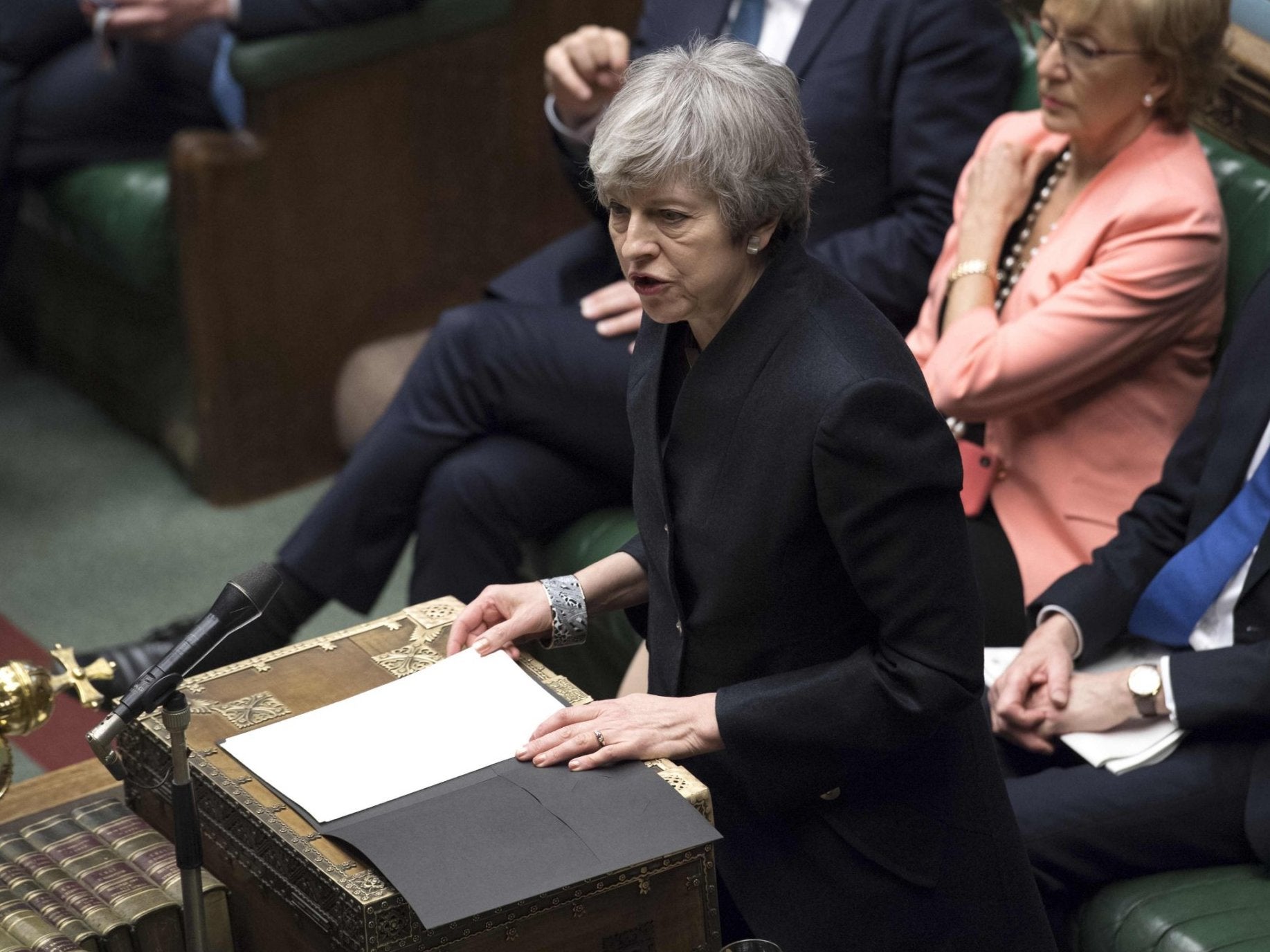Brexit: Will there be a new Conservative leader by the October deadline?
Brexit explained: Under the rules of the Conservative Party, the PM cannot be formally forced from office until 12 December – but pressure on her to resign is mounting, says Ashley Cowburn

Speaking at an event in Westminster, the international development secretary Penny Mordaunt said on Tuesday that some things "drive my campaign team mad".
In the same week, on live television, a junior minister said they would back Sajid Javid to "represent modern Britain" in a party leadership contest. In normal times, paid-up members of the government would usually avoid such questions, saying there is no vacancy in Downing Street.
And on Friday, chancellor Philip Hammond offered a frank assessment of the situation: "Let's be honest, we have already got people jockeying for position to succeed her, but that's just one of those things."
It is abundantly clear that an informal leadership contest has already kicked off within the Conservative Party, with hopeful candidates setting up teams and raising donations.
But a formal race will have to wait until Theresa May outlines her timetable for resigning as prime minister. She has promised to step down after seeing through the first phase of Brexit – the act of the UK formally severing ties with the European Union.
It seems at this point, one of the scraps of political authority the prime minister has left is being in charge of outlining a specific departure date.
Despite telling MPs she could not countenance a Brexit delay beyond 30 June, and declaring to colleagues she will step down once the first phase of the negotiations is concluded, she is yet to say exactly when she will give up the keys to Downing Street.
At the EU summit this week, a Conservative source stressed her dramatic commitment last month at the 1922 Committee of backbench Tory MPs to step down was tied to the principle of exiting the EU, rather than a particular timetable.
"She understands the Conservative Party feels a sense that new leadership is required for the second phase of negotiations," they said. "That was the commitment she gave to her parliamentary colleagues and that's one she stands by."
Given the uncertainty at Westminster over Brexit, and the new negotiating extension until 31 October, the chancellor Philip Hammond indicated this could theoretically mean Ms May remaining as prime minister until the new Halloween deadline.
But as former Brexit secretary David Davis said following the emergency EU summit, the pressure on her to resign will "increase dramatically" now and it will be difficult for her to remain in power for the party's annual conference in Manchester in the autumn.
Under the rules of the Conservative Party, Ms May, however, cannot be forced out of Downing Street now until 12 December – a year after MPs in the party last staged a failed confidence vote in her leadership.
And the lack of an obvious candidate to succeed the prime minister, one that could unite various faction of the party, means it is also unlikely the cabinet could throw its support behind one individual and tell Ms May collectively her time is up.
For now, at least, the specific date of her departure is one thing the prime minister can control.
Got an unanswered question about Brexit? Send it to editor@independent.co.uk and we’ll do our best to supply an answer in our Brexit Explained series.
Join our commenting forum
Join thought-provoking conversations, follow other Independent readers and see their replies
Comments